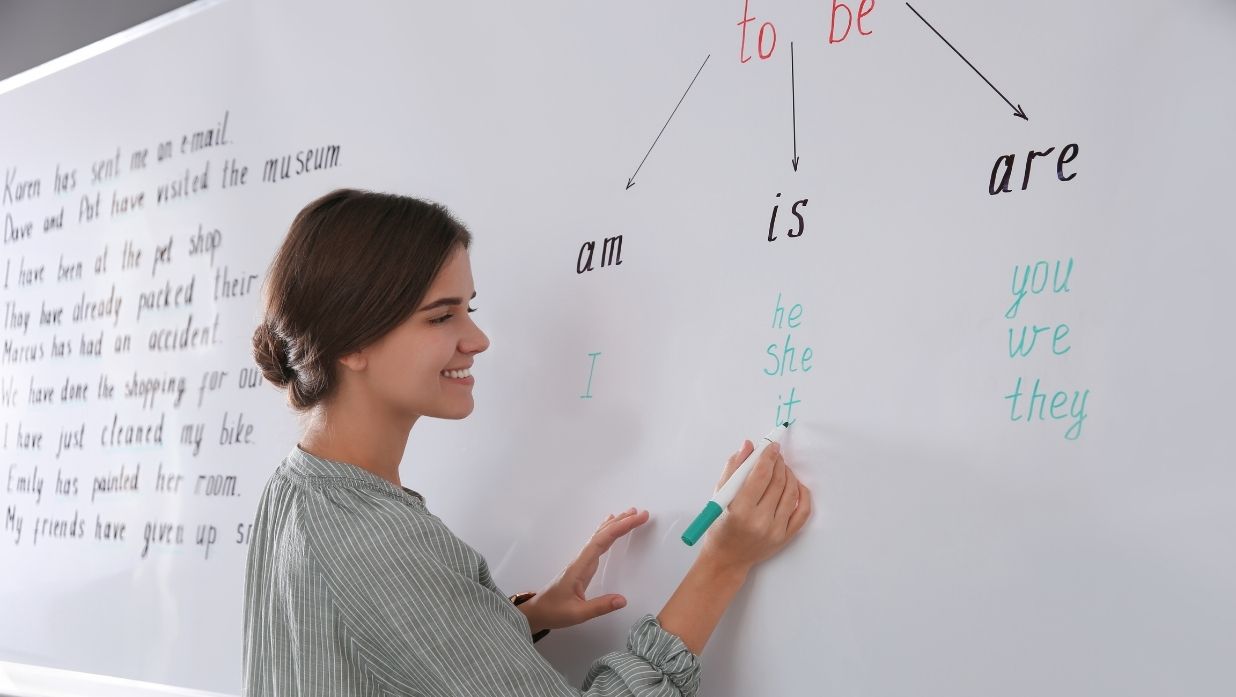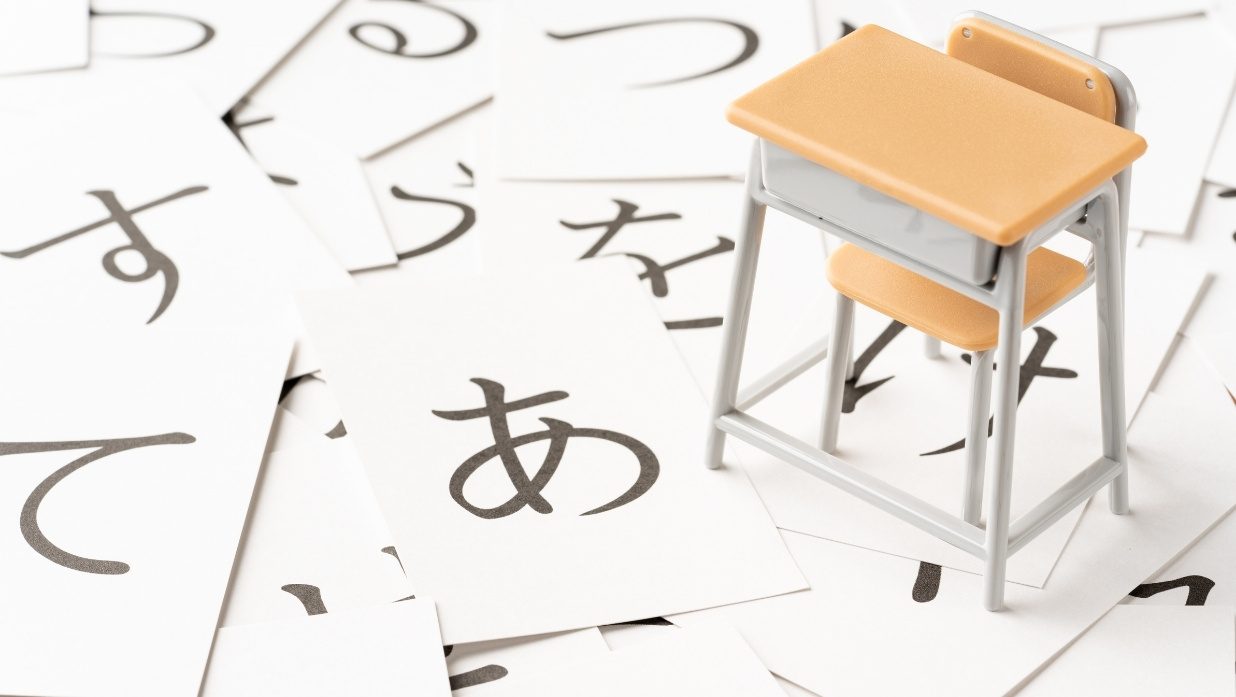15 Scary Japanese Ghosts and Folklore to Haunt You
What ghosts or creatures chronicled in Japanese folklore are lurking among the shadows, or perhaps hidden in plain sight?

What ghosts or creatures chronicled in Japanese folklore are lurking among the shadows, or perhaps hidden in plain sight?

Welcome to the ultimate guide to passing the JLPT N3 exam! The thought of taking the JLPT is stressful, but what about preparing for it? With so many things to learn, it’s easy for anyone to feel completely disorganized. The JLPT N3 exam is a true testament to your progress and dedication to learning Japanese. […]

Many of us grew up playing Japanese video games, some of the most popular including Legend of Zelda, Mario, and Pokémon, but did you ever consider using them to learn Japanese? Generally, people think of anime for learning Japanese, but video games might have some of the same benefits, if not more! Video games can […]

Japan is a country where the changing seasons are celebrated, from the blooming cherry blossoms in spring to the fiery bursts of autumn leaves. Being able to talk about the weather and describe seasonal conditions is a useful skill for anyone learning Japanese, and it makes everyday conversation much more natural. So, how do you […]

How many of these basic Japanese verbs do you know? Level up your Japanese skill by signing up for our free downloadable cheat sheet!

Learn fall-related Japanese vocabulary to prepare you for Japan’s coziest season!

Japanese honorifics are suffixes or prefixes used to show respect or familiarity when addressing other people. How do you use them?

Learning Japanese can feel overwhelming at first, but mastering basic greetings and essential vocabulary is a great way to ease into your studies. Whether you’re planning a trip to Japan, interacting with Japanese speakers, or just curious about the language, these words and phrases will help you build a solid foundation. But what are the […]

Otsukaresama desu is a key phrase that you will need to master if you plan to work in a Japanese office.

Preparing for the JLPT N3 in 2025? This intermediate level is a significant milestone on your Japanese language journey, bridging the gap between beginner and advanced proficiency. Before you dive into studying for the JLPT N3, you’ll need the right textbooks to guide you. With so many options out there, choosing the best ones can […]
